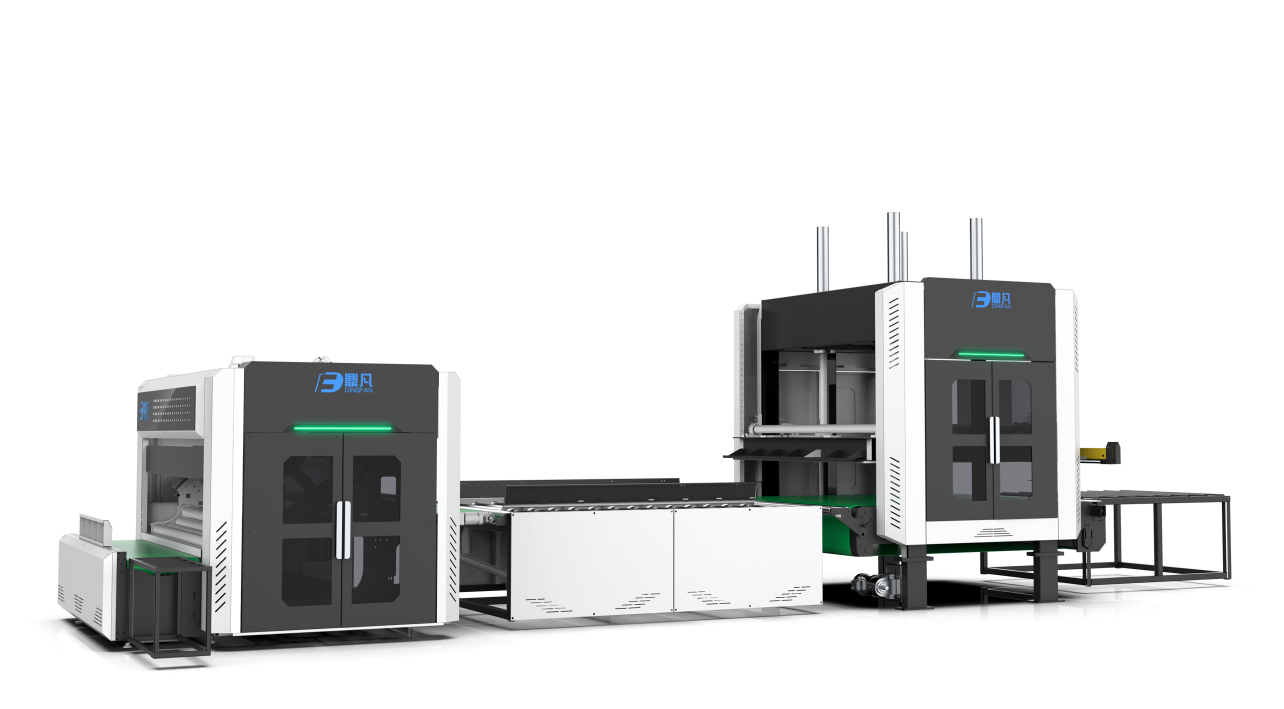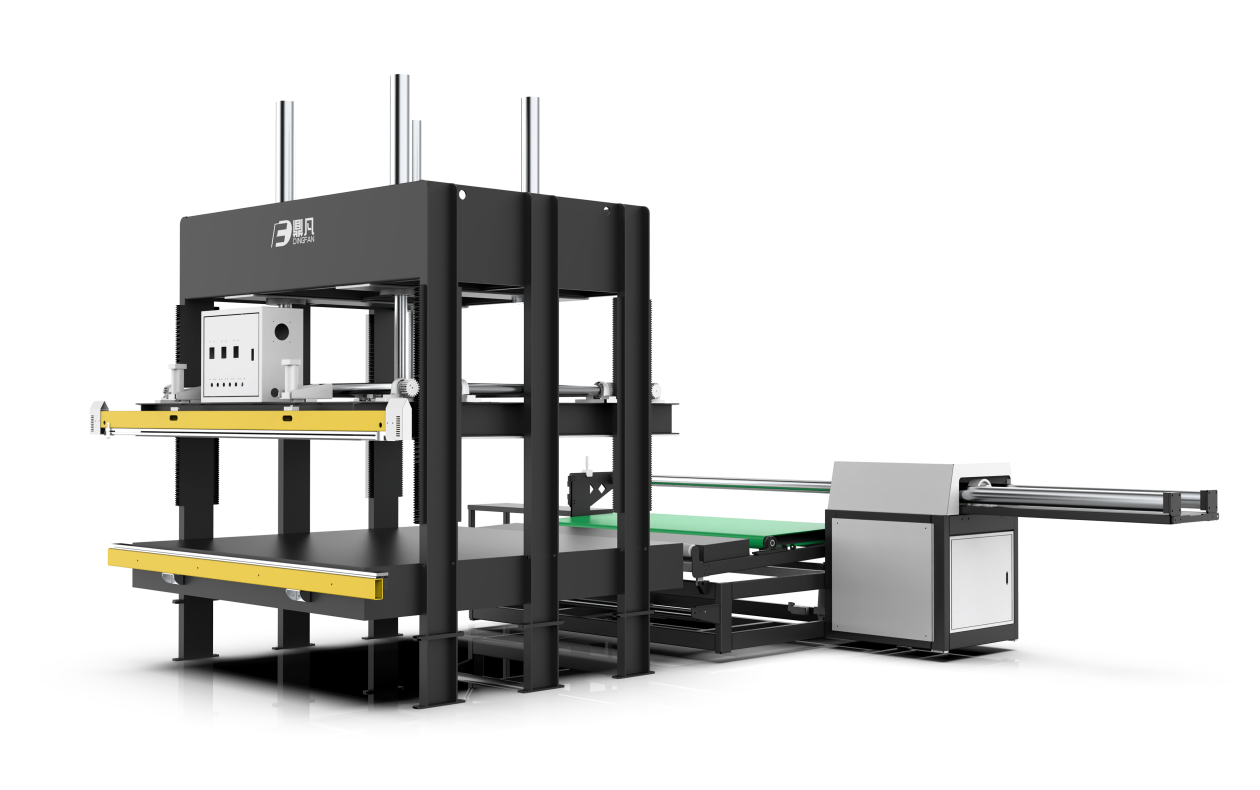
Ensuring the safety of operators and maintenance personnel working with mattress packaging machines is essential. Compliance with regulations, risk assessments, and proper training help prevent accidents and keep machines operating safely.
By implementing effective safeguards, following industry standards, and maintaining a culture of safety, businesses can protect workers while optimizing efficiency.
What Are the Regulatory Requirements for Mattress Packaging Machines?
Compliance with safety regulations is the foundation of a secure working environment.
OSHA, ISO, and CE certifications ensure mattress packaging machines meet international safety standards.

Key Safety Standards:
✔ OSHA (U.S.): Regulates machine guarding and electrical safety.
✔ ISO Certifications: Sets international safety and quality standards.
✔ CE Marking (Europe): Confirms machines meet essential health and safety requirements.
✔ Regular Audits: Ensures ongoing compliance with evolving safety regulations.
Why Is Conducting a Risk Assessment Important?
A thorough risk assessment identifies potential hazards before they cause accidents.
Evaluating risks and implementing controls reduces workplace injuries and improves operational safety.
Risk Assessment Process:
✔ Identify Hazards: Moving parts, electrical risks, pinch points, ergonomic strain.
✔ Evaluate Risks: Determine likelihood and severity of each hazard.
✔ Document Findings: Maintain a record of identified risks and safety measures.
✔ Implement Safety Controls: Use barriers, interlocks, and personal protective equipment (PPE).
✔ Review & Update: Continuously improve risk management strategies.
What Machine Safeguards Should Be in Place?
Machine safeguarding protects operators from hazardous moving parts.
Installing safety barriers, interlocking devices, and emergency stops minimizes risks.
Essential Safety Features:
✔ Physical Barriers: Prevent accidental contact with moving components.
✔ Interlocking Guards: Stops operation if safety covers are removed.
✔ Emergency Stop Buttons: Instantly halts the machine during an emergency.
✔ Presence Sensors: Detects workers in hazardous zones and stops the machine.
How Does Regular Maintenance Improve Safety?
Routine maintenance keeps machines running safely and prevents unexpected failures.
Inspections and preventive servicing reduce accidents and downtime.
Maintenance Best Practices:
| Frequency | Maintenance Task |
|---|---|
| Daily | Check for loose parts, wipe down surfaces, inspect safety features. |
| Weekly | Lubricate moving parts, test emergency stop functions, verify sensor accuracy. |
| Monthly | Inspect belts, gears, and electrical connections; calibrate machine settings. |
| Annually | Conduct a full machine safety audit and compliance check. |
Why Is Operator Training Essential for Safety?
Even with the best safeguards, untrained operators pose a safety risk.
Training ensures workers understand machine operation, emergency procedures, and safety protocols.
Key Training Topics:
✔ Safe Machine Operation: Proper startup, shutdown, and troubleshooting.
✔ Emergency Response: How to use emergency stops and evacuate safely.
✔ PPE Usage: Importance of gloves, safety glasses, and hearing protection.
✔ Refresher Courses: Continuous education on new safety features.
How Should Emergency Preparedness Be Handled?
A well-defined emergency response plan ensures quick action in case of accidents.
Machines should have built-in safety response mechanisms for added protection.
Emergency Plan Components:
✔ Emergency Stop System: Instantly halts machine operations.
✔ First Aid Kits Nearby: Easily accessible in case of minor injuries.
✔ Evacuation Routes Clearly Marked: Ensures a safe exit in an emergency.
✔ Regular Safety Drills: Prepares staff for real-life emergency scenarios.
What Role Does Documentation Play in Machine Safety?
Maintaining records of maintenance, training, and risk assessments ensures compliance.
Proper documentation helps businesses track safety improvements and regulatory compliance.
Important Safety Records:
✔ Inspection Logs: Records of maintenance and repairs.
✔ Training Certifications: Proof that operators are trained in machine safety.
✔ Risk Assessment Reports: Identifies potential hazards and mitigation steps.
✔ Compliance Records: Ensures machines meet OSHA, ISO, and CE safety standards.
Conclusion
Mattress packaging machines are safe to use when equipped with the right safeguards, maintained properly, and operated by trained personnel.
By prioritizing compliance, risk management, training, and maintenance, businesses can ensure a secure and efficient packaging process.
Get in touch with us for tailored solutions! We look forward to collaborating with you and shaping a brighter future together!
📞 | WhatsApp:+86 15220512074
📧E-mail:zhongliantec@gmail.com
Web | Link:mattressmachineryzl.com
